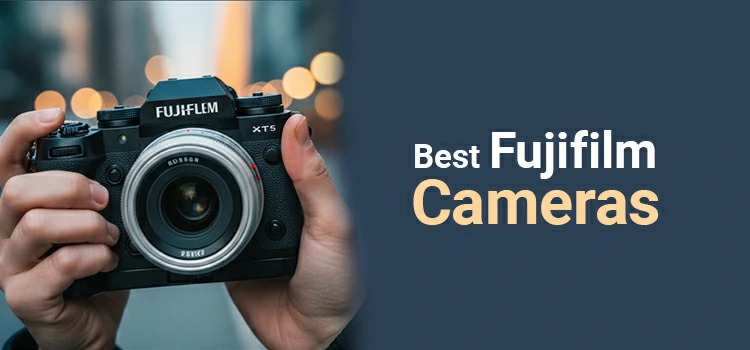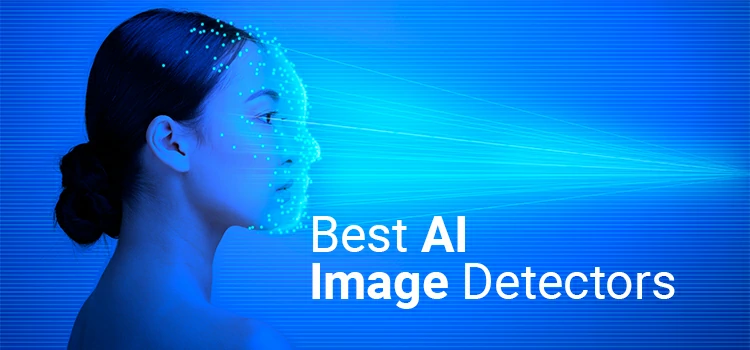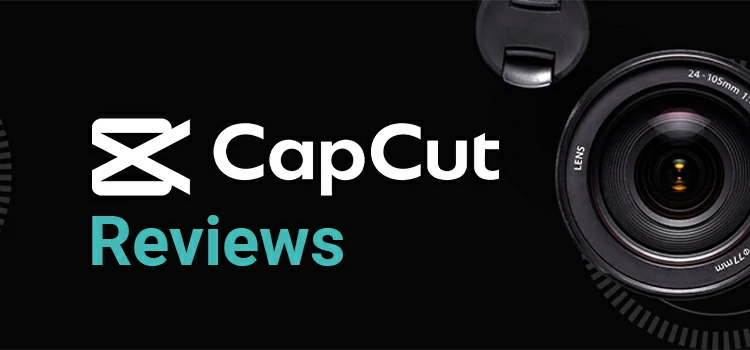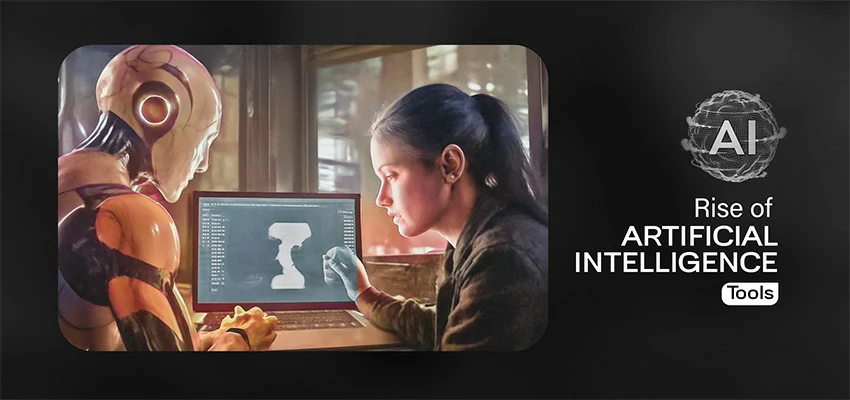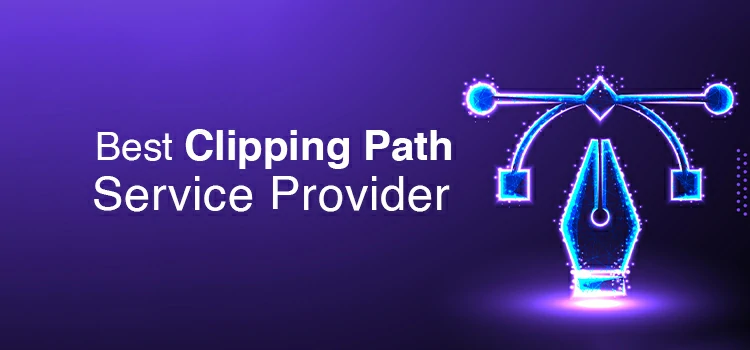Best Apps for Astrophotography for Stunning Night Sky Shots

Astrophotography is booming. It’s not just about the camera – you need the right tools to plan, take, and edit your shots. That’s where mobile apps come in.
Many apps help you photograph the Milky Way. They track the moon, reduce light pollution, and edit photos. The right app captures stunning space shots.
In this blog, we’ll look at the best apps for astrophotography. These apps help you plan your shoot, capture stunning star images, and edit your photos. Whether you’re just starting or are an experienced astrophotographer, you’ll find something helpful here.
Why Use Apps for Astrophotography?
Astrophotography may seem complex, but the right apps simplify it. Whether you use a smartphone or a DSLR, these tools help you plan your shoots, find the best locations, and maximize your camera’s potential.
Here’s why apps are so helpful:
- They help you plan ahead: You can check star positions, moon phases, and even when the Milky Way will be visible.
- They save time: No more guessing where to point your camera. Sky map apps show exactly what’s above you.
- They improve your shots: Camera control apps let you adjust ISO, shutter speed, and focus for better low-light photos.
- They reduce frustration: Weather and light pollution apps tell you if the night is worth the trip.
- They enhance editing: Some apps are built specifically to clean up noise, boost details, and bring out the beauty in your space photos.
Best Apps for Planning Astrophotography
Planning is one of the most important parts of astrophotography. You need to know when and where the stars, planets, or Milky Way will appear. These apps help you prepare like a pro so you can be in the right place at the right time—with the right settings.
Here are the best apps for planning your astrophotography shoots:
PhotoPills

PhotoPills is a must-have for any astrophotographer. It’s packed with tools to help you plan the perfect shot. You can track the sun, moon, and Milky Way, check golden and blue hour times, and even use AR to visualize where celestial bodies will appear in the sky.
Top Features:
- Milky Way planning tool
- Augmented reality sky views
- Location-based shooting timelines
- Custom reminders for key times
Perfect for: Photographers who want full control over their shoot timing and alignment.
Stellarium Mobile

Stellarium turns your phone into a pocket-sized planetarium. Point your device at the sky, and it shows you stars, constellations, and satellites in real-time. It’s accurate and easy to use, making it great for beginners and pros alike.
Top Features:
- Real-time star maps
- Telescope support
- Over 1.69 million celestial objects
- Time controls to preview sky positions
Perfect for: Learning the sky, identifying objects, and aligning your equipment.
SkySafari

SkySafari is like having a personal astronomy guide. It not only maps the stars but also provides detailed information on planets, nebulae, and galaxies. It even lets you control certain telescopes.
Top Features:
- Deep sky object tracking
- Orbit simulations
- Voice-controlled search
- Telescope control (premium versions)
Perfect for: Advanced users looking to explore deep space objects and telescope integration.
Clear Outside

You don’t want to drive out to a dark spot only to find cloudy skies. Clear Outside solves that by offering detailed weather forecasts tailored for stargazing. It tells you when the sky will be clear, when it’s too cloudy, and how much light pollution to expect.
Top Features:
- Hour-by-hour cloud forecast
- Light pollution index
- Temperature and humidity info
- Moon and Sun data
Perfect for: Knowing whether tonight is good for astrophotography—before you pack your gear.
Best Camera Apps for Shooting the Stars
Capture the magic of astrophotography with more control over exposure, ISO, focus, and shutter speed. Specialized apps give you the tools to shoot stars, planets, and the Milky Way with clarity on a smartphone.
NightCap Camera (iOS Only)

NightCap Camera is a powerful app made for low-light photography. It’s perfect for shooting stars, star trails, and even the International Space Station. It has dedicated modes for astronomy, giving you one-tap settings for night skies.
Top Features:
- Long exposure and light trails
- Star and ISS modes
- Manual control of ISO, focus, and shutter
- AI-assisted low light boost
Perfect for: iPhone users who want quick, easy astrophotography features.
ProCam X (Android)

ProCam X transforms your Android phone into a pro-level DSLR. You get full manual control over key settings like focus, white balance, and ISO—just what you need to shoot the stars.
Top Features:
- Manual exposure and focus
- Real-time histogram
- RAW image capture
- Burst and slow-motion modes
Perfect for: Android users looking to shoot starry skies and light trails with precision.
DeepSkyCamera (Android)

DeepSkyCamera is designed specifically for deep-sky object photography. It allows long exposure stacking, RAW format shooting, and works great with telescope attachments.
Top Features:
- Deep sky image stacking
- RAW support
- Auto noise reduction
- Optimized for telescopic shots
Perfect for: Astrophotographers using telescopes or shooting deep-space objects like galaxies and nebulae.
AstroCam (iOS & Android)

AstroCam focuses on simplicity without sacrificing features. It offers night modes tailored for astrophotography, plus real-time exposure previews to avoid guesswork.
Top Features:
- Milky Way and star trail modes
- Manual settings + live preview
- Easy sharing options
- Good for both handheld and tripod use
Perfect for: Beginners who want beautiful night photos without diving into complex settings.
Best Editing Apps for Astrophotography
Editing is where photos come alive. Astrophotography needs tweaks to brightness, contrast, and color to show stars and details. The right apps make decent photos amazing.
Here are the best editing apps that work great for astrophotography:
Adobe Lightroom Mobile (iOS & Android)
Lightroom is one of the most powerful mobile editing tools available—and it’s perfect for astrophotography. With RAW photo editing, noise reduction, and full control over light and color, it gives you everything you need to polish your night sky shots.
Top Features:
- RAW file support
- Noise and color correction tools
- Light and shadow controls
- Presets to speed up editing
Perfect for: Photographers who want pro-level editing on the go.
Snapseed (iOS & Android)
Snapseed by Google is a free, beginner-friendly editing app with surprisingly powerful features. It’s great for quick adjustments, especially when cleaning up noise or boosting stars in your sky images.
Top Features:
- Selective editing and masking
- Curves, contrast, and white balance tools
- Healing tool for removing distractions
- Looks/presets for fast edits
Perfect for: Beginners who want fast, intuitive editing with quality results.
Starry Landscape Stacker (macOS)
While this is a desktop app, it pairs perfectly with mobile shooting. Starry Landscape Stacker lets you blend multiple shots to reduce noise and create ultra-clear night sky images. Great for photographers who transfer images from their phone or DSLR to a Mac.
Top Features:
- Star alignment for stacking
- Noise reduction by merging images
- High-quality TIFF and RAW support
Perfect for: Advanced users who want professional-level clarity and minimal noise.
Sequator (Windows)
Sequator is a free desktop app for Windows users that stacks night sky images to produce clean, detailed results. Like Starry Landscape Stacker, it reduces noise and enhances stars.
Top Features:
- Star and foreground alignment
- Simple interface for beginners
- Works well with DSLR or mobile images
Perfect for: Windows users looking for a free, powerful stacking tool.
PixInsight (Companion App + Desktop)
PixInsight is a serious astrophotography editing tool, often used by professionals. While the full version runs on desktop, there are companion apps and mobile tools that help with file management, previews, and organizing your workflow.
Top Features:
- Advanced noise reduction
- Precise color calibration
- Multi-layer stacking and processing tools
Perfect for: Experienced astrophotographers who want total control over every pixel.
Bonus Tools & Communities
Astrophotography is more than just apps and gear—it’s also about being part of a community and using smart tools that make the journey easier. Whether you’re trying to track satellites, find the best dark sky locations, or connect with other stargazers, these bonus tools and communities can add a whole new level to your experience.
Heavens Above
Heavens Above is a satellite tracking app that shows you when and where to look for objects like the International Space Station (ISS), Starlink satellites, and Iridium flares.
Why it’s helpful:
- Know exactly when satellites will pass overhead
- See ISS flyovers in real-time
- Track other visible space objects
Perfect for: Adding cool, timed shots of satellites or space stations in your sky photography.
Dark Sky Finder
Want the best possible night sky view? Light pollution ruins astrophotography—but Dark Sky Finder helps you find the darkest skies near you.
Why it’s helpful:
- Real-time light pollution maps
- Shows dark zones and stargazing hotspots
- Works with your location to guide your trip
Perfect for: Planning road trips or outdoor adventures to remote stargazing spots.
AstroBin
AstroBin is a dedicated photo-sharing platform for astrophotographers. It’s like Instagram, but specifically for space lovers.
Why it’s helpful:
- Browse thousands of deep sky images
- See what gear others use
- Get feedback and inspiration
Perfect for: Sharing your photos, learning from pros, and growing in the hobby.
Cloudy Nights Forum
This (Cloudy Nights Forum) is one of the largest online communities for astronomy and astrophotography.
Why it’s helpful:
- Ask questions and get expert answers
- Discuss gear, techniques, and edits
- Stay updated with space events and software
Perfect for: Joining discussions, solving problems, and learning from experienced astrophotographers.
Tips for Using Astrophotography Apps Effectively
Using the right apps can take your astrophotography to the next level—but knowing how to use them well makes all the difference. Whether you’re planning a night shoot or capturing deep-space images, these tips will help you get the most out of your apps and your camera.
✅ Use a Tripod for Stability
Even the best app can’t fix a shaky shot. Always use a tripod or stable surface to avoid blurry photos, especially during long exposures.
✅ Enable Airplane Mode
Turn on airplane mode while shooting to avoid notifications and interruptions. It also helps save battery during long sessions.
✅ Use Manual Controls
Apps that offer manual control over focus, ISO, shutter speed, and white balance give you far better results than auto settings. Learn how each setting affects your night photos.
✅ Stack Multiple Images
Apps or desktop tools that stack photos reduce noise and bring out more stars. Shoot in burst mode or take several RAW shots and combine them later.
✅ Check the Weather & Moon Phase
Use planning apps like Clear Outside to avoid cloudy skies and bright moonlight. A clear, dark sky always gives the best results.
✅ Plan with Sky Maps
Use apps like Stellarium or PhotoPills to preview when the Milky Way or planets will be visible. Planning ahead saves time and helps you capture the perfect moment.
✅ Use a Remote Shutter or Timer
Avoid camera shake by using a remote shutter release or timer. Many apps support Bluetooth remotes or built-in timer functions.
✅ Practice in Your Backyard
Test your apps and settings close to home before heading out to remote locations. This helps you learn faster and avoid frustration on the big night.
To Conclude
Astrophotography isn’t just for pros anymore. With the right apps, anyone can plan, shoot, and edit amazing night sky images using their phone or camera. Whether you want to capture the Milky Way, a full moon, or star trails, there’s an app to make your experience easier and more enjoyable.
Tools like PhotoPills and Stellarium help you plan. Camera apps like NightCap and ProCam X capture the night sky. Then, powerful editors like Lightroom and Snapseed let you enhance your photos. Each tool brings the cosmos closer to home.
Grab your tripod, download some of these apps, and capture the beauty of the universe. The stars are waiting!


